Country Life's Favourite Dogs: Corgi
This week, in our series on Britain's best and brightest dogs, we meet The Queen's favourite, the corgi


Favourite dog: Corgi Vital statistics (top trumps) Height: 3/10 Looks: 7/10 Intelligence: 7/10 Obedience: 7/10 Loyalty: 8/10
From the cattle farms of Wales to Buckingham Palace: corgis have come a long way! These perky, people-loving dogs have been synonymous with the British royal family for decades, and The Queen has been devoted to them since she was a teenager.
At the moment, she owns two Pembroke Welsh corgis (Willow and Holly), and a pair of Dorgis (dachshund-corgi crosses) named Candy and Vulcan. They travel with her to the Royal Family's various residences, and are said to be partial to steak, toast with marmalade and buttered scones. One of her previous dogs, Monty, even starred with her in her 2012 Olympic cameo alongside Daniel Craig.
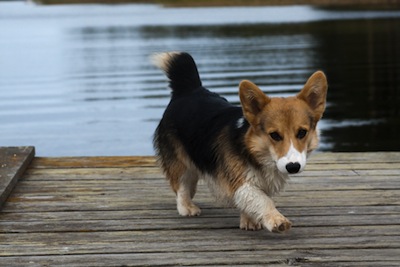
With their foxy faces and alert, pricked ears, corgis have an endearingly inquisitve air. And although their low-slung bodies can look a little comical at times, they were bred for serious work: herding cattle and other livestock. Their height, which allows them to nip at animals' heels without being kicked in the process, made the ideal for this. A minority of corgis are still used for driving cattle, and they punch well above their weight in dog-agility trials.
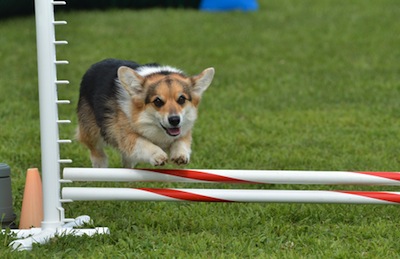
Corgis' roots can be traced back to the early 12th century, when Flemish
weavers and farmers starting bringing over dogs from Europe to Wales. Today, there are two distinct types: Welsh Pembrokes (favoured by The Queen) and Welsh Cardigans. They are often mistaken for each other, and weren't officially recognised as separate breeds until the 1930s. Their silhouettes are key to telling them apart: the Cardigan can be distinguished by its larger, rounder ears (which sometimes look almost bat-like) and longer body).
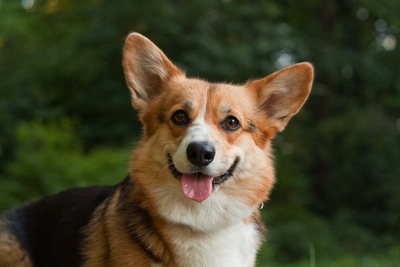
Intriguingly, the Pembroke has what's known as a 'fairy saddle' - a unique patch of fur around the shoulders that looks different to the rest of the coat, which gets its name from the legend that fairies once rode on corgis' backs.
Sign up for the Country Life Newsletter
Exquisite houses, the beauty of Nature, and how to get the most from your life, straight to your inbox.
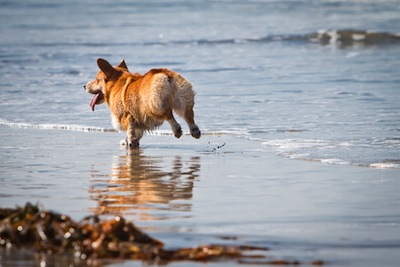
Corgis can be vocal and make superb watchdogs, but will do anything to please their families. They love their food and put on weight easily if they overeat, so a well-disciplined diet-and-exercise regime is important. Occasionally, their herding instincts can manifest themselves in the home, but consistent training should sort this out, along with any heel-nipping that happens when they're puppies.
* Follow Country Life on Twitter
Emma Hughes lives in London and has spent the past 15 years writing for publications including the Guardian, the Telegraph, the Evening Standard, Waitrose Food, British Vogue and Condé Nast Traveller. Currently Country Life's Acting Assistant Features Editor and its London Life restaurant columnist, if she isn't tapping away at a keyboard she's probably taking something out of the oven (or eating it).
-
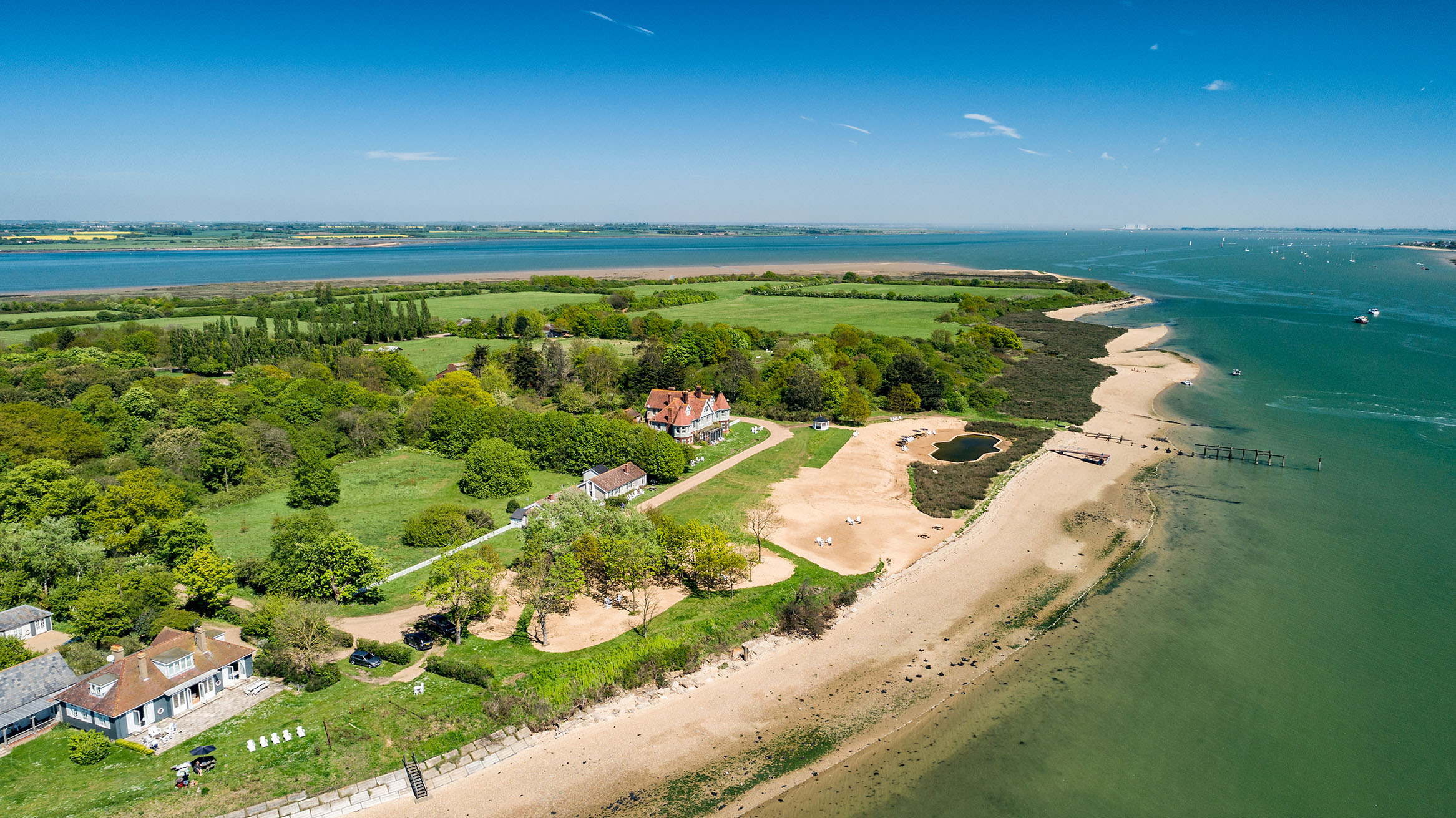 380 acres and 90 bedrooms on the £25m private island being sold by one of Britain's top music producers
380 acres and 90 bedrooms on the £25m private island being sold by one of Britain's top music producersStormzy, Rihanna and the Rolling Stones are just a part of the story at Osea Island, a dot on the map in the seas off Essex.
By Lotte Brundle
-
 'A delicious chance to step back in time and bask in the best of Britain': An insider's guide to The Season
'A delicious chance to step back in time and bask in the best of Britain': An insider's guide to The SeasonHere's how to navigate this summer's top events in style, from those who know best.
By Madeleine Silver